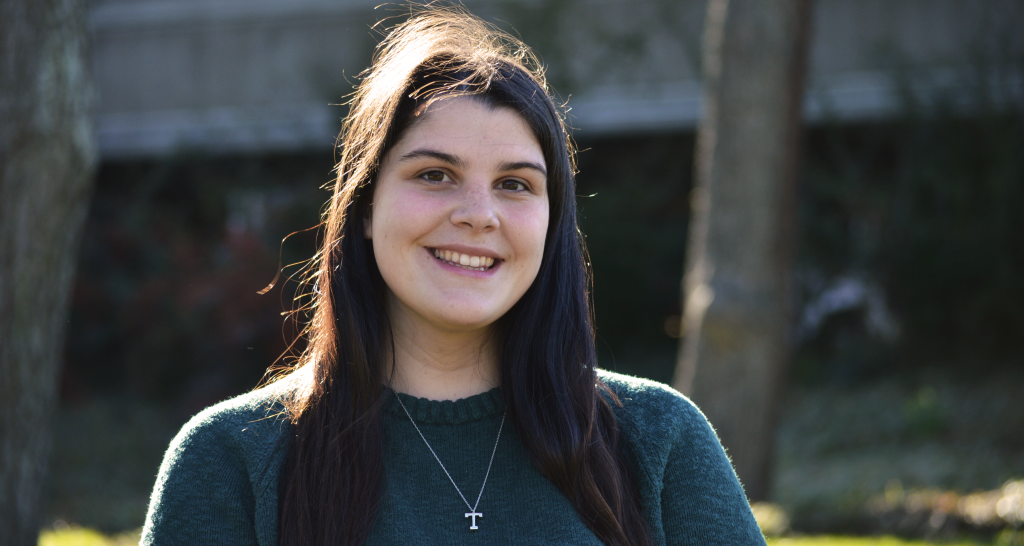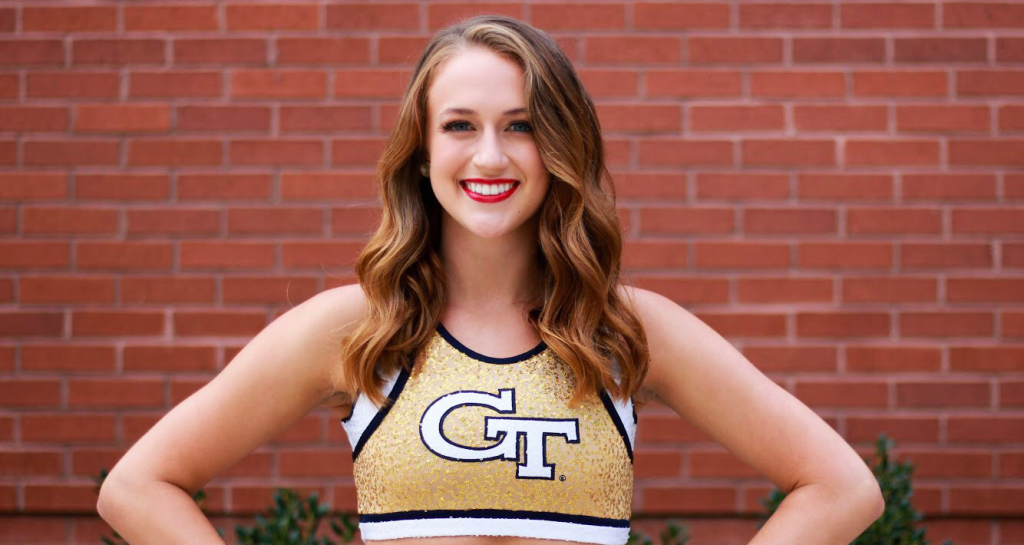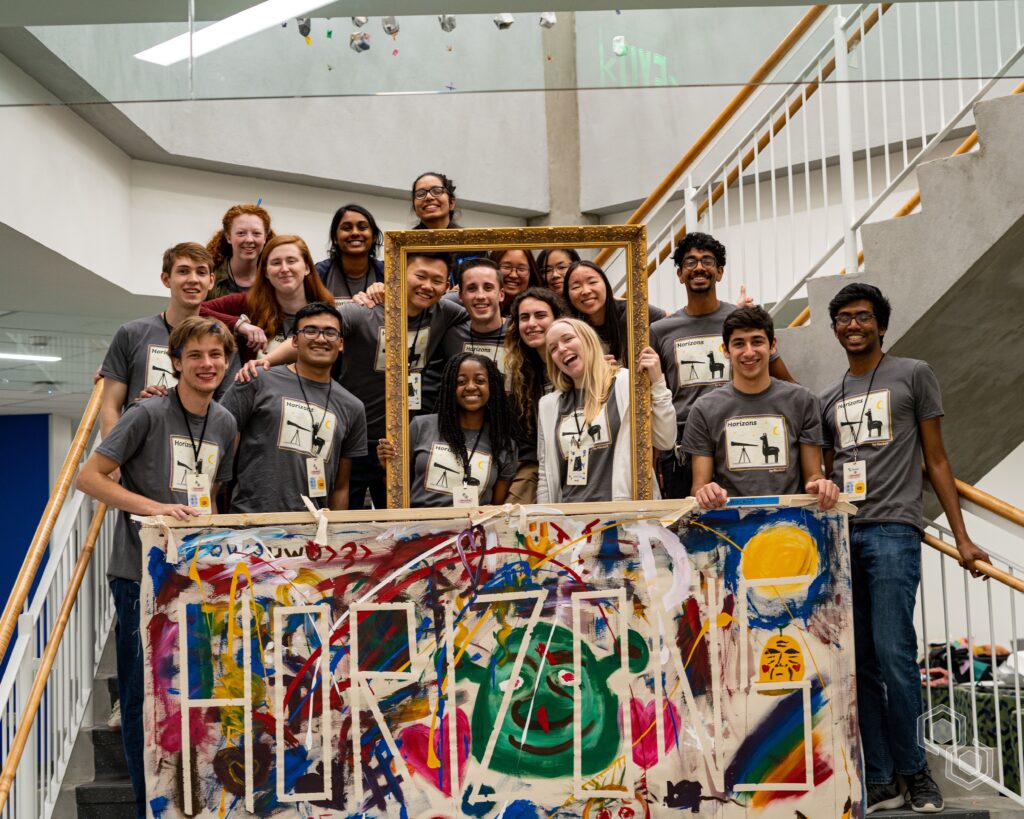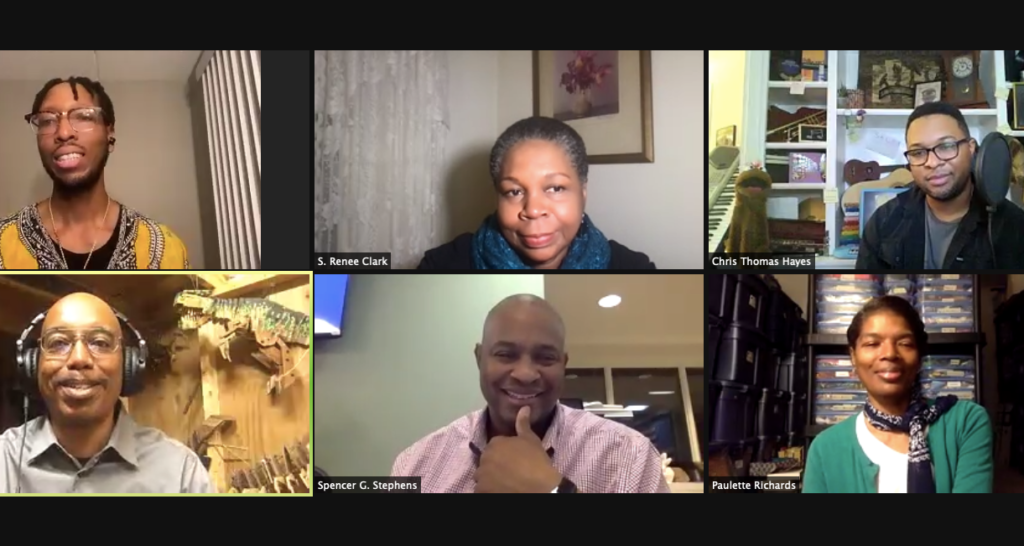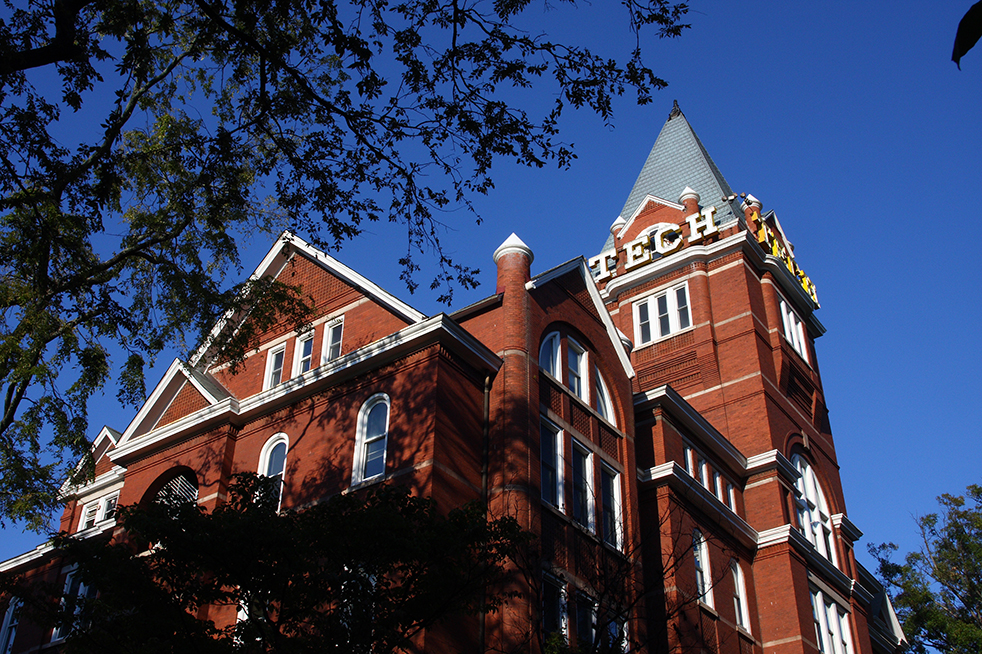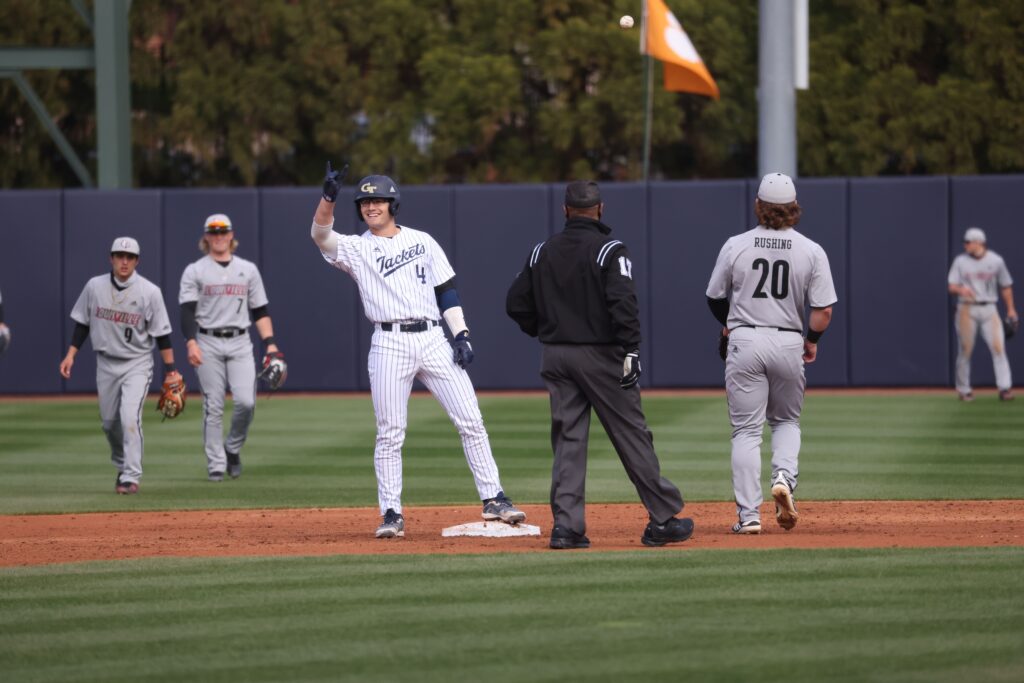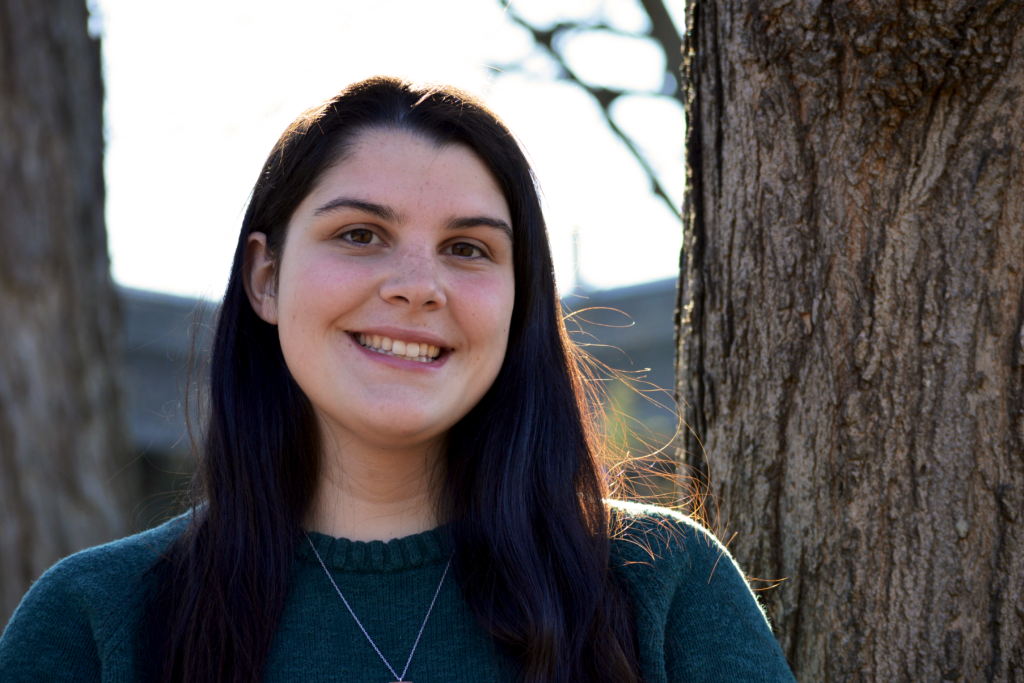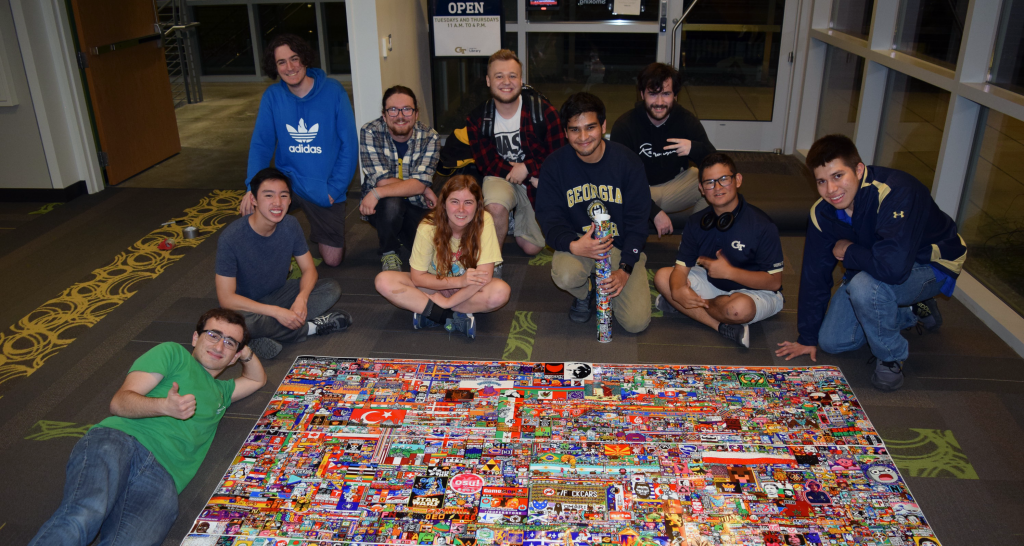
What started off as an April Fool’s joke turned social experiment on Reddit has become a source of national recognition for the Institute as a group of students spearheaded a campaign to represent some of Tech’s most iconic symbols on the internet’s largest collaborative art project.
The internet project r/place, originally developed by Josh Wardle in 2017, is a temporary canvas hosted on Reddit that any user can contribute to over the course of the canvas’ four day lifespan. The only catch was that users could only contribute one single pixel on the canvas at a time and were required to wait five to twenty minutes before placing another. After a five year hiatus, r/place made an unannounced comeback on April 1, prompting active Reddit users in the Tech community to scramble to come together and strategize ways to place and defend their artwork depicting Tech Tower, Buzz and the Ramblin’ Reck. After four days the canvas, which depicts various country’s flags, other colleges’ logos and symbols representing every corner of the internet, was returned back to its original blank state when users were limited to only placing white pixels.
William “Trey” Page, second-year AE, found himself as the head coordinator of the over 600 Reddit users committed to making Tech’s mark on r/place after the first day of pixel placing had begun. Page, who had been familiar with the 2017 event, helped coordinate the formation of the artwork, along with defense strategies to avoid the pixels getting overwritten by other Reddit users. A notable side mission was the community’s as little representation as possible on the canvas.
“I would essentially go okay, guys, we need to focus on this area of our artwork to make sure that, you know, this isn’t overtaken by another community who’s also working up or something like that,” Page said.
“We were mostly on the defense side of things, but I mean, every now and again, we would raid UGA, just to make sure they didn’t get anything on there, which was kind of funny. We wanted to keep UGA as small as possible and I think we came out on top of that.”
In order to accomplish their goals, the group consisting of Tech students, faculty, alumni and prospective students utilized coded bots to place pixels for them overnight to defend against raids while members slept. They also formed alliances with other online communities with artwork in the vicinity, including the Magic the Gathering and One Piece fandoms, in order to help each community complete their pixel art. Page himself dedicated nearly eight hours every day jumping between Discord and school work to help the group stay organized.
At the end of the four day event, members of the group jumped on a voice call together to reflect on their accomplishments. From there, the plan to print out the canvas and hang it up on campus was born.
“That plan was extremely improvised. We were making it as we were going,” said Page.
“We got in the voice channel and we mentioned it as a joke, like, how funny would it be if we printed out a giant canvas of this and posted it somewhere at Georgia Tech? And then somebody was like, ‘Hey, that’s possible. That’s actually possible. We have the resources for this.”
Members of the group, many of them meeting in person for the first time, gathered in the library to pool their semesterly printing allotment to print a physical copy of the final r/place canvas.
“We were like, alright, we have four strips of 26 by 92 inches, that we all need to print. That is twenty-four dollars per student…we had four students come down and sacrifice their printing funds,” said Page.
The group initially wanted to hang the print out in the Clough Undergraduate Learning Commons but strayed away from the space in fear of it being confiscated by security. They opted to take their chances with posting the r/place print in the Skiles courtyard. The students involved with the project set up a makeshift guard duty to ensure the expensive print held up during the rainy days ahead.
“Because those days it was especially rainy, and windy, we were like, okay, we just need to make sure that it doesn’t fall and literally the beginning of day two it looked like it was on its last legs and we’re like ‘oh god, we did not use enough duct tape,’” Page said. “So us being engineering students, we decided the best form of adhesion to the wall was duct tape on brick which, if you’ve ever tried that, it literally does not stick so you have to use an absurd amount of duct tape.”
In the meantime, a post featuring a picture of the print on campus made by one of the group members was gaining popularity on r/place, with Page estimating that over twelve million people saw the post that made its way to the front page of Reddit.
“It blew up…like none of us could have prepared for just the sheer amount of up votes that thing got…and then it’s like number one in r/all and we’re like, oh, my God it’s the first thing you see when you open Reddit,” Page said.
After the post reached such a large audience and the print out itself had taken quite the beating from the outside elements, the group reached out to the library to see about getting the piece installed in the library to show not only the resources available to Tech students but also the massive community that came together to represent the Institute during this historic internet event.
Joseph Carragher, fourth-year AE and another major contributor to the project, mentioned his surprise the library’s reception of the idea.
“I thought no one would care about this…in the meeting with the library coordinator I thought he was just gonna be like, give us a pat on the back and then tell us the f*** off. But he actually was like, ‘No, this is like sick, this is student artwork. It’s this digital yet physical piece of art or whatever and we’re going to work to put it up in the library,’” Carragher said. “I was like, holy s***. I’m surprised like I did not at all think anything would come of this. I thought it was just like internet jokes and I thought we were just having fun on the internet. But this has totally has blown up past what I thought this would be.”
In addition to the potential library installation, Nolan Winter, second-year CS, has set out to create a documentary on the Tech community’s experience with r/place.
“As people were making the plan to print it, I decided that I would bring my camera to the CULC since there might be some cool or funny moments that would happen,” Winter said. “After hanging up the poster and having filmed the activities that whole night, I realized that it would be cool to record people’s reactions to the poster. As I was hanging out by Skiles the next day I realized that we could interview people about their involvement and what they thought about it all. From there, it took off, and now we have a group of people working on making an awesome video.”
Tech’s involvement on r/place, and now the documentary, are examples of how online movements can unite people.“I hope the documentary brings more attention to r/place and Georgia Tech and how these opportunities are really cool experiences and not just silly ‘nerd’ things…I hope people can see how well random people can work together when united by a single idea or cause, even though none of us knew each other in person before that weekend,” said Winter.
While the print out has now been featured by Tech’s official social media accounts, the group was initially afraid the project would not be approved by administration, prompting them to avoid showcasing it inside a Tech building. Worries surrounding the decision point towards a larger question of Tech’s openness to host student art on its campus.
“If we had felt comfortable with posting it at the CULC building, we would have done so and that would allow me to know that okay, Georgia Tech is cool with this because it’s an expression of art. But the fact that we didn’t feel comfortable with that means that there’s some level of moderation that Georgia Tech has with regards to posting art,” said Page.
Carragher noted that the piece is an interesting example of the intersection between arts and technology.
“In its finished state its artwork, but to get there, it wasn’t, you know, like one dude with a, a paintbrush, or whatever. It was us setting up Python scripts, and like, fighting with other people who set up Python scripts…that’s sort of the intersection where it is art in the end but to get to where it ended we had to use Discord and Reddit and all these stupid scripts to try to maintain so much ground,” said Carragher.
Page described the incredible ability r/place had in bringing people from all parts of the Tech community together.
“You have people that were students and want to be students and current students working together,” Page said. “I guess the best way I think it’s best summed up with what Reddit said back in like 2017. You know, separately you can’t do anything with this. But together you can make something more of it.”
Those interested in finding out more about r/place can visit reddit.com/r/place.

